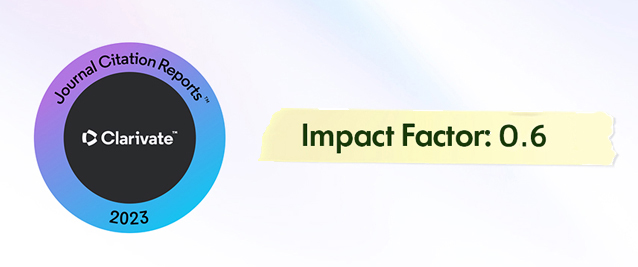2Department of Parasitology, Veterinary Faculty, Bursa Uludag University, Bursa, 16059, Türkiye
3Karacabey Vocational School, Bursa Uludag University, Bursa, 16700, Türkiye
Abstract
De novo drug design focused on in silico research of more effective and safe drugs is the es-sential stage of pharmacophore-based drug discovery. This study aimed to evaluate the an-thelmintic potential of herbal ligand derivatives to suggest new drug scaffolds and examine fragment-based key-lock fit models of drug candidates to offer more potent drugs. The revers-ible inhibitors of the Carnitine Palmitoyltransferase 2 enzyme (CPT 2) have been evaluated as anthelmintic drug candidates because the increased CPT 2 substrate in the environment leads to the death of the nematode. Eriocitrin is a herbal molecule found in several plants, es-pecially in the citrus peel. It has never been previously investigated for anthelmintic purposes, but it is a molecule found in some anthelmintic plants. Therefore, eriocitrin was determined as the scaffold of a novel anthelmintic drug candidate. To design new eriocitrin derivatives, positions 3 and 8 on the chromene ring of eriocitrin were chosen to insert five different side groups, such as hydrogen, propylsulfanyl, acetate, phenol, and aniline. Twenty-four derivatives designed with Biovia Discovery Studio 2020 Client were docked with the antinematodal drug target rat CPT 2 using AutoDock4.2 software. ADME properties and the binding mode of the most potent derivative were investigated. For the derivative with the best-scored molecule
E05, the free binding energy was -9.08 kcal/mol, and the Ki value was calculated as 22.017 nM. E05, which had a better inhibition value than eriocitrin showed that the presence of phenol at the 3rd position in the chromene nucleus of eriocitrin facilitated CPT 2 inhibition. This research is the first study that shows the eriocitrin and E05 are potent anthelmintic molecules according to in silico docking tests. E05 is worth to be investigated comprehensively with fur-ther in vitro studies.














